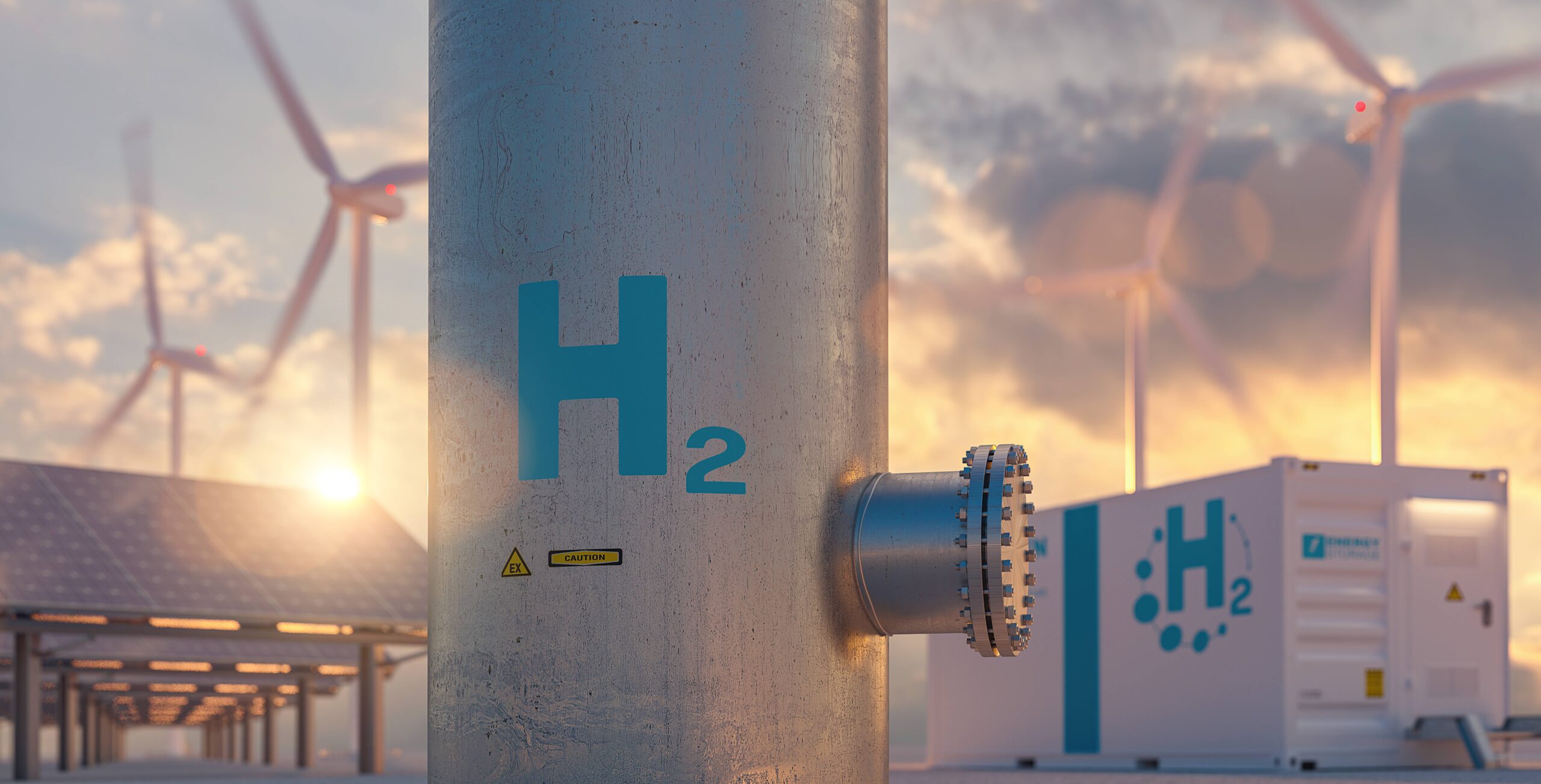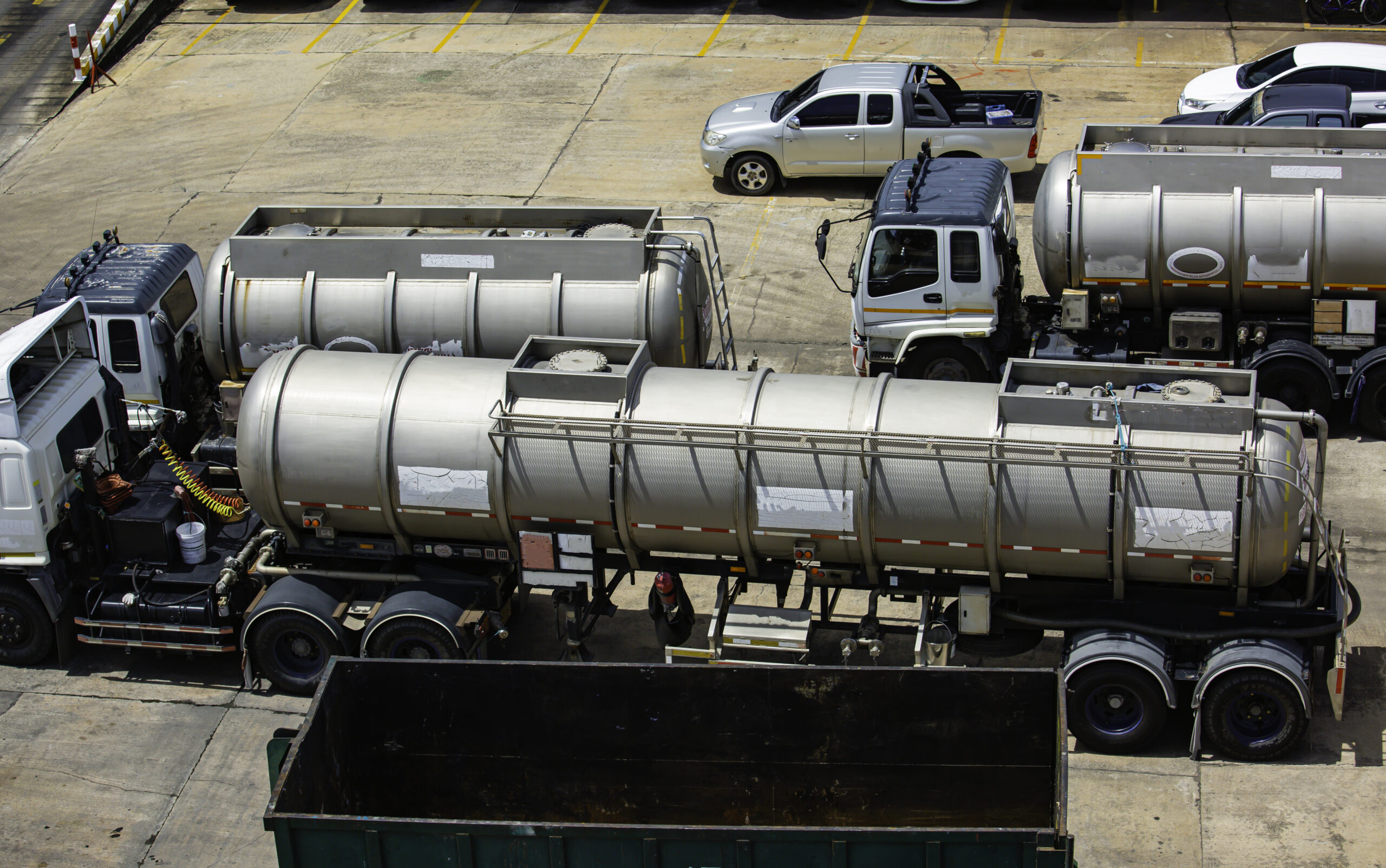Earth AI, a leader in predictive exploration for clean energy metals, has announced the completion of a $20 million Series B funding round. The oversubscribed round was led by Tamarack Global and Cantos Ventures, with additional participation from Overmatch, Alpaca, Sparkwave Capital, and continued support from existing investors, including Y Combinator and Scrum Ventures.
The new investment will help Earth AI enhance its AI and drilling technologies while expanding its project pipeline significantly. The firm is expanding the operations to more than 50+ exploration sites and increasing its drilling capacity at $100/ meter to up to 100,000 meters.
Headquartered in 2017, Earth AI is reshaping the very face of mining with its AI-based Mineral Targeting Platform or MTP. This platform has allowed Earth AI to rapidly identify mineral resources in previously unexplored areas, helping reduce costs and time compared with conventional methods.
Revolutionizing Mineral Discovery with Cutting-Edge AI
Earth AI uses AI to identify and validate mineral deposits, then sells mining rights to large mining companies for profit. It taps into 400 million data points and satellite imagery to discover new, unexplored greenfield prospects, unlike traditional methods.
Earth AI’s unique method makes it a vital partner for the mining industry, addressing the rising demand for critical minerals. The company’s predictive technology leverages continental-scale datasets, giving it an advantage in discovering new resources in untapped regions.
Also read: Heirloom Secures $150 Million in Series B Funding
Investment to Meet Global Demand for Critical Minerals
Demand for critical minerals is expected to reach $10 trillion by 2050. This will translate to a production growth of 30 times what it is currently. While mining companies are concentrated on extraction, Earth AI fills the gap in exploration, taking advantage of inefficiencies in the fragmented market of micro-cap exploration companies whose effectiveness has declined by about 70% over the last decade.
Roman Teslyuk, founder and CEO of Earth AI, said, “Despite the tremendous global need for mineral resources for everything from the energy transition to day-to-day life, new mineral deposit discoveries are notorious for being expensive and time consuming.”
He added, “Earth AI is changing this paradigm using its proprietary AI and drilling technology that has already made verified discoveries in greenfield regions. This new round of funding will be critical to expanding our operations and establishing a pipeline of attractive new mining projects for the industry.”
With rising demand for critical minerals, Earth AI’s innovative approach positions it as a key driver in the mining industry. Earth AI uses advanced AI to become a key partner for mining companies seeking new assets for clean energy metals.




